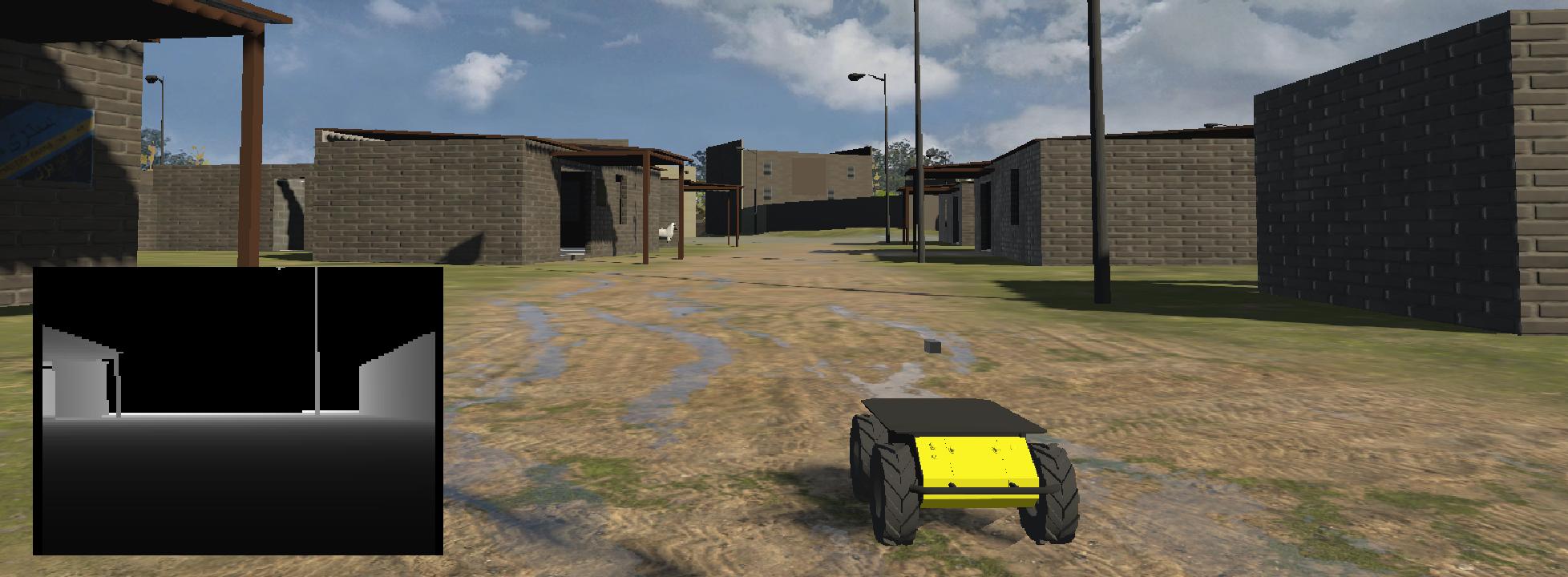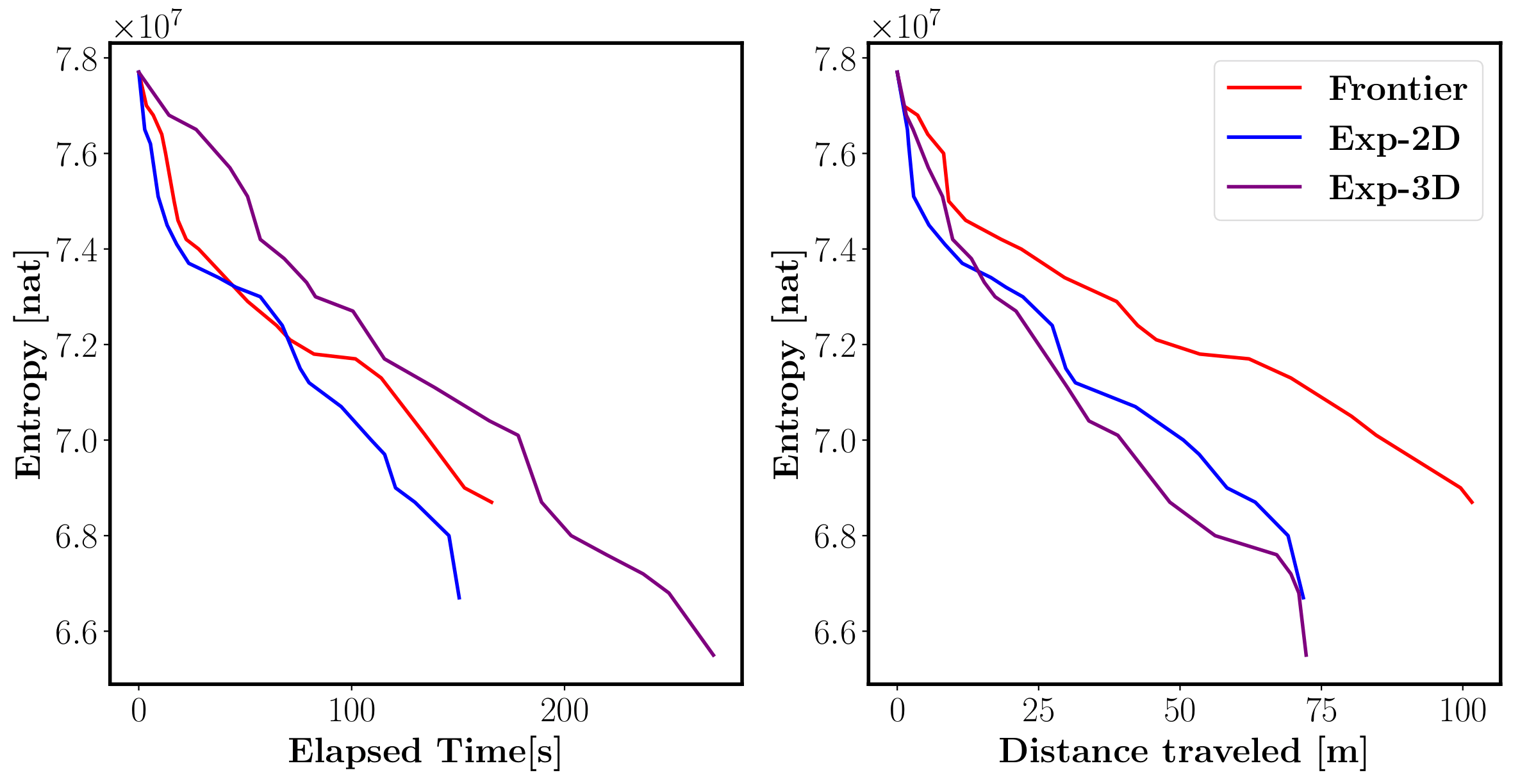

|
|
|
|
|
Contextual Robotics Institute University of California, San Diego |
|
|










|
|
Acknowledgements |